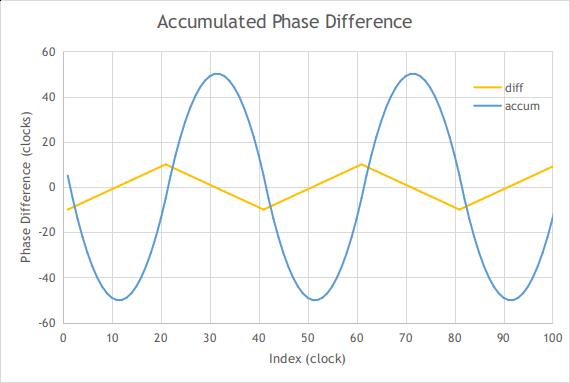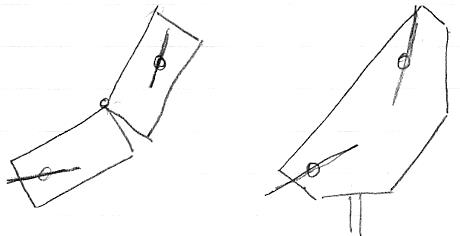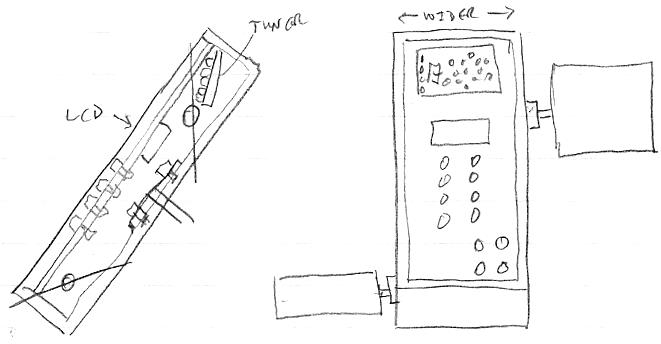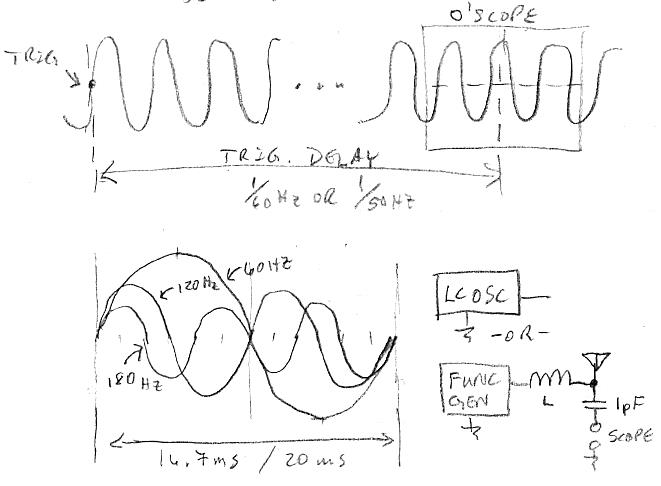Shemale
The new PV_FMOD controls are really improved, much more intuitive and useful, and so finally worth the one full UI page they consume. I borrowed heavily from the volume knee code and then tuned it a bit. It speeds coding up greatly if you have proven boilerplate elsewhere in your design. Here is the axis transformation:

The linear axis number range is shown at left. From this we subtract the Vloc or Ploc knob value (the knob value is left shifted to make it full scale, then offset to cover the range [0.75:1), or 48dB in linear axis space). This is limited to lop off the negative values, then shifted right twice to divide by 4 (not shown, this gives mul more low end range), then multiplied up by Vmul or Pmul (the knob value is squared to extend the dynamic range), then limited again to lop off values too large to fit in the 32 bit integer register space as an unsigned value.
The above is used to modulate the various filter cutoff frequencies in the D-Lev. There are separate enables for the oscillator filter, the noise filter, and the formant filter bank (of which 4 out of 8 are modulate-able). When enabled, the PV_FMOD takes the place of the more general PVmod mechanism which is fed to everything else that can be modulated via the axis numbers. PV_FMOD allows us to quite sharply change filter frequencies: if Pmul is to maximum, one can do an entire filter sweep from subsonic to the maximum of A8 or 7040Hz over the range of less than one half note step. Ploc sets the location for this change, above which the change takes place. One can also do much milder modulation and / or over much wider note / volume ranges if so desired.
Here is a male voice preset being modulated with both axes via PV_FMOD, followed by an example of the step-like filter frequency sweep over the full range: [MP3]. Playing the step slowly (hard to do!) sounds like we're tuning a radio, playing it quickly sounds like "blips". The sound itself is a high Q filter stimulated by noise, giving us a sine wave.
Here is a male voice preset morphing to female with increasing pitch, via formant modulation, first with the blend being over approximately one octave, then more abruptly over the range of less than half a step: [MP3]. I thought this would be more interesting / spooky, but it's just goofy. Not sure if one could find a real use for it.
These are rather extreme examples of what it can do, one would probably use it more to change vowels subtly and slowly.
[EDIT] Corrected errors in the axis transformation text.






